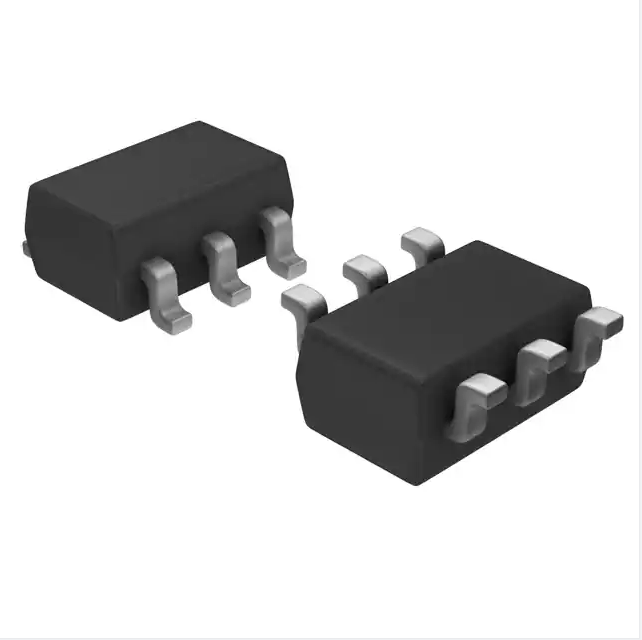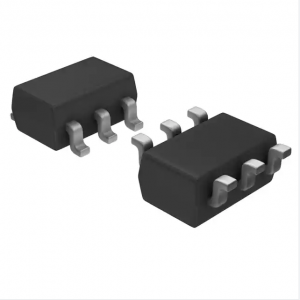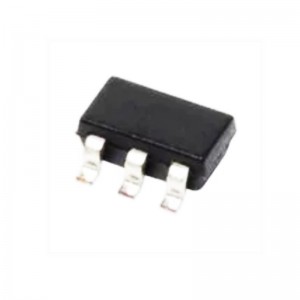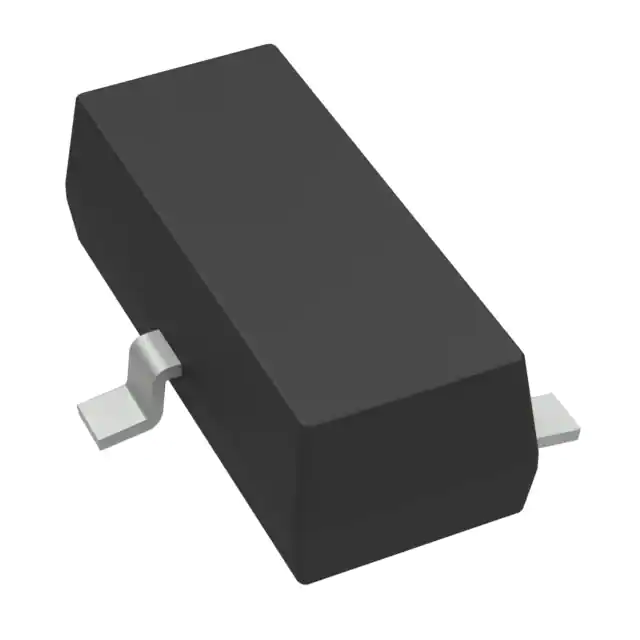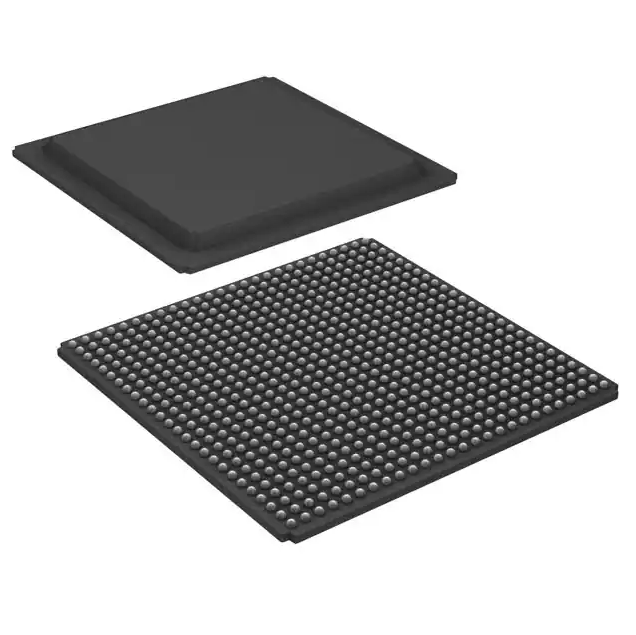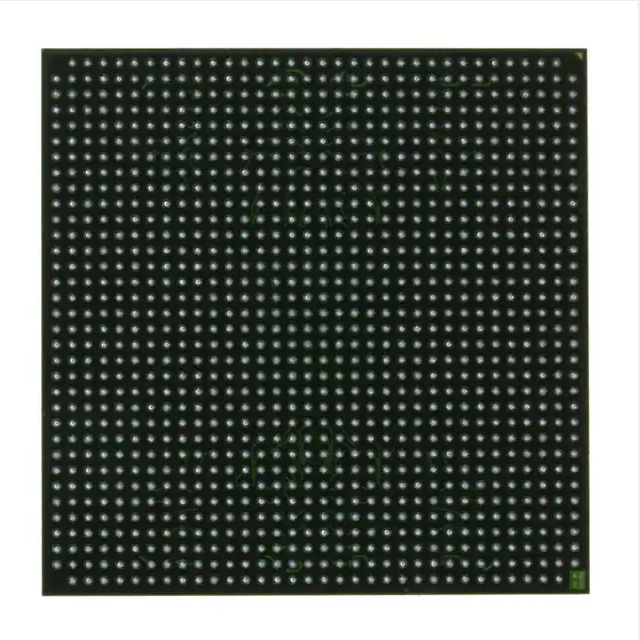New and Original ADM6710KARJZ-REEL7 Integrated circuit electronics components IC SUPERVISOR 4 CHANNEL SOT23-6
Product Attributes
| TYPE | DESCRIPTION |
| Category | Integrated Circuits (ICs) |
| Mfr | Analog Devices Inc. |
| Series | - |
| Package | Tape & Reel (TR)
Cut Tape (CT) Digi-Reel® |
| Standard Package | 3000 |
| Product Status | Active |
| Type | Multi-Voltage Supervisor |
| Number of Voltages Monitored | 4 |
| Voltage – Threshold | 1.58V, 2.93V, Adj, Adj |
| Output | Open Drain or Open Collector |
| Reset | Active Low |
| Reset Timeout | 140ms Minimum |
| Operating Temperature | -40°C ~ 125°C (TA) |
| Mounting Type | Surface Mount |
| Package / Case | SOT-23-6 |
| Supplier Device Package | SOT-23-6 |
| Base Product Number | ADM6710 |
what kind of company is ADI, which has long been a low-profile company? The semiconductor journey is a long one, how does ADI rely on its strength to continue to open up territory in this field?
Through an interview with Zhao Yimiao, General Manager of ADI’s System Solutions Business Unit, Wise Stuff tries to follow his 15 years of experience in ADI’s history, to restore ADI’s global layout, growth, and 25 years of development in China.
I. ADI: Bridging the physical and the digital, beyond Moore
Since its foundation in 1965, ADI has experienced wave after wave of technological development. It has been a witness to the evolution of technology around the world and is one of the many navigators who have sailed through these waves in search of a “new world” of technology.
What ADI is looking for is fertile ground for technology in both analog and digital signals.
To embark on this journey, ADI has prepared four swords.
1, the bridge concept: a comprehensive attack on digital transformation
“For many years, ADI’s core mission is to build bridges connecting the physical and digital worlds.” Zhao Yimiao said that the complex physical world signals, whether through an analog-to-digital conversion, or digital-to-analog conversion, are an important tool for human beings to deep analysis and deep understanding of various information.
This bridge concept has been ingrained in ADI’s DNA since its inception and has influenced every step of ADI’s exploration of the physical and digital worlds.
The core of this bridge consists mainly of bandwidth and resolution. Simply put, to build this bridge, ADI has been exploring semiconductor devices that can convert analog signals to digital signals for a long time, and ADCs are one of the core devices in this category.
In the early days, most of the ADCs developed by ADI were around 8bits, such as SAR (Successive Approximation Register) ADCs and Flash ADCs.
As the technology has been refined, ADI has gradually extended the resolution of ADCs outwards, bringing new historical points for the interoperability and application of analog and digital signals.
For example, ADI’s development of 12bits SAR-based ADCs has enabled digital motion control.
In terms of high-precision ADCs, ADI also advanced ∑∆ADC to 16bits accuracy with the development of a chip called ADE7755, which helped Chinese electricity meters to move from mechanical to digital.
In short, ADI’s increasing accuracy of ADCs is making many digital applications such as industrial field control, seismic wave detection, and signal transmission from wireless communication Hong base stations progressively possible.
In the long run, it is industrial, communications, automotive electrification and consumer electronics, and other fields, towards the digital gorgeous turn, maturity, and explosion, also played an important role in promoting.
2, two major acquisitions: in response to the explosion of new technologies to lay the groundwork
Another point of view, ADI in addition to the analog-to-digital conversion technology is exceptionally obsessed with, over the years also continue to acquire, to further expand their capabilities boundary.
Two of the most important acquisitions in ADI’s history were made by Cybertek and Linear Technology.
In 2014, a $2 billion deal saw ADI take over Cybertek and its proud RF technology.
For ADI back then, this meant that its RF technology could no longer be limited to below 6GHz, achieving full band coverage from 0 to 110GHz RF band, microwave band, and millimeter wave band, with a complete RF product solution.
However the low-profile giant’s ambitions would not stop there, and then two years later, ADI threw out a $14.3 billion deal that sent shockwaves through the global semiconductor industry in 2016 – the acquisition of Linear Technology.
This time ADI was targeting Linear Technology’s high-performance power supply technology, which enables the package size of power modules to be extremely small, increasing power supply efficiency while improving electromagnetic compatibility and significantly reducing interference from external radiation to further meet the increasingly stringent demands of future automotive applications.
If we look beyond the historical point of these two acquisitions, we can see that the significance of these two acquisitions goes far beyond ADI’s business lines, behind which is the building of a solid technological fortress for the current explosion of new communication technologies and autonomous driving.






